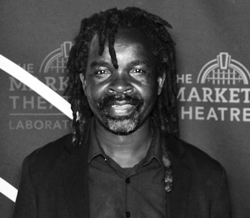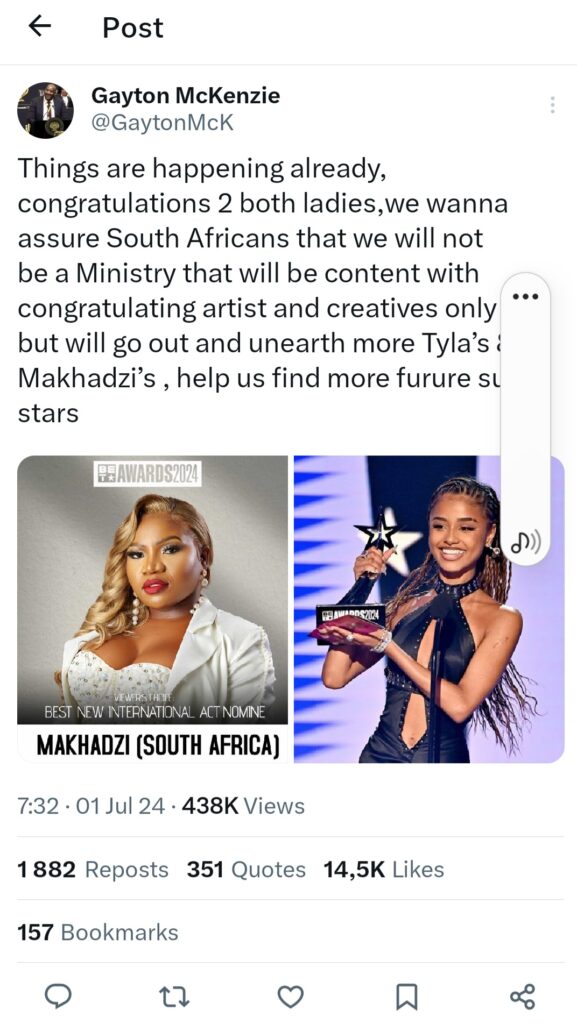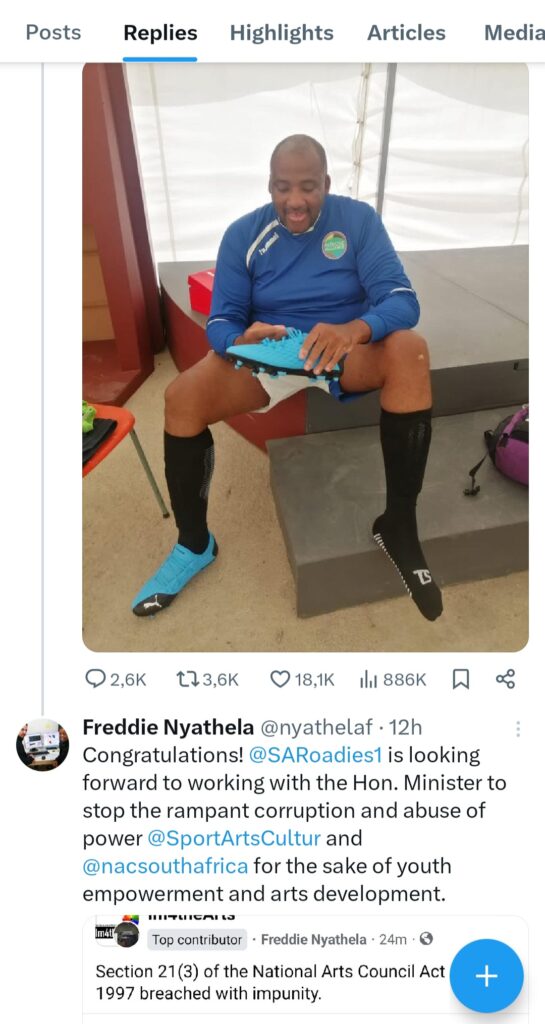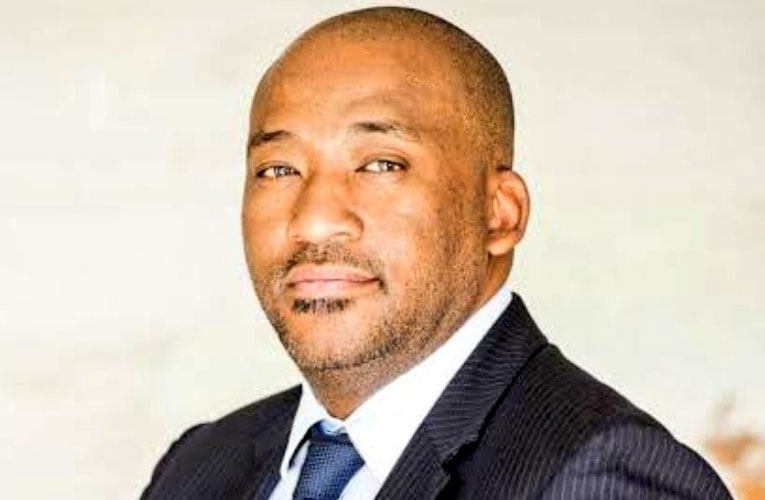New Sheriff in town Gayton McKenzie to walk onto a minefield of chaos as Minister of Sport, Arts and Culture
Alleged corruption and cases of litigation wait for him as he walks through the doors of Sechaba House, 202 Madiba Street, Pretoria.
By Edward Tsumele, CITYLIFE/ARTS Editor

So a new Sheriff has arrived in town, taking charge of a Department whose house is not as clean as one would expect of a department in charge of two of the most important aspects of South African public collective consciousness, that is sport, arts and culture.
You see though politicians somehow, regard this portfolio as less important than the other ones that form this new Government of National Unity, this portfolio actually matters. There is clearly no doubt about the role of sport, arts and culture in our daily lives as demonstrated by the emotions expressed by the nation whenever a national team, such as Bafana Bafana on those rare occasions admittedly, triumph against an opponent, or when the increasingly triumphant Springboks do what they often do on the rugby fields against their opponents, which is win. The whole nation bursts into spontaneous celebrations that go on for weeks. We even forget our differences, as it should be.
You must also see the happy faces at music concerts and festivals, particularly where jazz musicians take to the stage and how people enjoy each other’s company as they savour the music.
Art exhibitions these days attract all and sundry, as many people are starting to warm up to this art genre, which for years gone by, was only attracting the elite, such as collectors with big pockets.
The country currently boasts four annual art fairs, that is the RMB Latitudes Art fair, Turbine Art fair, FNB Art Joburg and Investec Cape Town Art fair, which attract international visitors, collectors and participating galleries.
Filmmakers from this country, continue to make waves internationally, and so our fashion designers, podcasts hosts and creatives working in the advertising industry. Our writers continue to publish books that represent the country well at book fairs and other platforms where the written word will be at the centre of discussions. This only means that our state of the arts is healthy if not thriving.
Therefore as for the role of the creative sector, there is actually no point to try and justify why this sector is at the heart of who we are. It represents the country’s collective identity and soul. It is the part of South African life that embodies so much intrinsic value to the extent that one could actually say, it represents the collective spiritual life of the nation, where values such as Ubuntu find practical expression beyond the lips of people.
But there is more that the creative sector does. It contributes immensely to the country’s GDP. At around R90bn contribution to the economy, according to the Cultural Observatory, “this is why publically funded arts, culture and heritage sector projects, events and organisations are key to economic growth and job creation.”

This contribution to the GDP is in fact more than what mining or Agriculture contributes, making this sector an important sector as an employer and engine for creative entrepreneurship and self expression. This case has been made several times over the years by the Cultural Observatory, a research arm of DSAC.
And so Gayton McKenzie the new Minister of Sport, Arts and Culture, what kind of a department he will soon find this week? The Department is in charge of very important agencies such as the National Arts, Council, which funds individual artists and organisations active in visual art, literature, theatre, music, dance and craft among others, and the National Film and Video Foundation, which funds individuals active in the film industry. Hundreds of millions of Rand of public funds are poured into these entities every year to fund the creative sector and make it vibrant. These two entities are supposed to be at the heart of art development, by channelling funding into projects that have impact, and of course being overseen by DSAC and its officials, making sure that they do the right thing in the cultural and artistic development of the country, especially giving young people an opportunity in the sector to self-express and start and run successful enterprises in the creative sector. Therefore the role of funding by DSAC and its agencies such as the NAC and the National Film and Video Foundation is at the heart of the question of whether our creative sector flourishes of flounders.
However over the years, these entities have been rocked by scandal after scandal relating among others factors corruption. DSAC itself which is supposed to be the steward for these entities has had scandals of its own, of course mainly related to corruption, and therefore rendering DSAC and its entities unable to serve the sector adequately for which it was created to serve in the first place.
For example when McKenzie gets to his office this week, he is likely to deal with one or two cases that need his urgent attention, be it an artist whose second tranche funding payment has not been paid either by the very department or one of its agencies, some of which date a couple of years back, or one or two cases of litigation against either the department or one of its entities by individuals and organisations who are not happy about how they have been treated by DSAC or its entities. In other words he is facing a minefield of issues that remain unresolved, some running for years involving DSAC and its agencies related to arts funding..
For example there is the issue of the R7.5 million that vanished from the coffers of DSAC, paid to a beneficiary that is said to have done nothing but pocket the money instead of producing a podcast as per application they lodge with DSAC (this was revealed by the Auditor-General in a presentation to the Portfolio Committee in Parliament by the Auditor-General in 2022). The money has not been recovered and no one has been held accountable, including the alleged colluding senior department official.
There is the issue of the South African Roadies Association (SARA) an organisation that trains young people in technical production for live events based in Newtown, Johannesburg, which in the past two weeks has filed Court papers, requesting the Court to dissolve the NAC Council that it claims is illegally constituted. The case is before the Courts.
In a different but related case, SARA has also taken the NAC to Court a few weeks ago, arguing that one of the policies developed by the NAC that gives the entity the right to accumulate funds meant for arts development that for one reason or another is withheld for disbursement to a beneficiary, be declared illegal. Judgment has been reserved on the case.
This is but two of other legal cases that has seen either DSAC or NAC at loggerheads with the NPO over the years regarding funding issues.
Then another issue that will need the Minister’s attention is the issue of federations that claim to represent the creative sector, which themselves are not united and for all practical reasons are ineffective with regards to representing the sector properly. Instead the sector has witnessed in recent years leaders of these federations competing to get the attention and eye of previous ministers responsible for the sector in the name of representing the sector.
However any observer will struggle to find any meaningful programme designed and created by these organisations purporting to represent the sector since they were formed. Instead the so called leaders have held opaque almost secretive meetings with various ministers in the name of the sector, but whose outcome beneficiary to the sector is only known to the so called leaders, but not the sector itself. The so called leaders themselves, who have not been transparent to the sector about what issues they have taken to the ministers and what outcomes such meetings produced, have failed the sector.
As you read this, such so called leaders are mostly likely busy trying to reach the new minister, claiming to be leaders of organisations that represent the sector, and yet for all intends and purposes, they are there to represent themselves and their individual interests and not the sector as a whole.
And therefore the right way for the new Minister is perhaps to call for an imbizo to discuss the architecture of the creative sector that everyone who calls himself or herself is invited for their input, and everyone’s voice matter in where there is no hierarchy after which the minister and senior department officials collate these views and formulate a new architecture for the creative and cultural industries.
Not much is known about the new Minister’s plan of taking the creative and cultural sector forward, but so far, he is already sending good vibes as he started tweeting as soon as the announcement of his new cabinet of the Government of National unit was made on Sunday by President Cyril Ramaphosa. He congratulated Makhadzi and Tyla for their latest accolades they have received, but more importantly he indicated that the department will not only be a department that congratulates artists, but would like to unearth more talent.
Nyathela from SARA responded immediately by congratulating the Minister on his appointment to this Portfolio, and suggested that the minister must deal with alleged corruption at the Department and some of its entties.

And so this is the minefield of chaos in which Minister McKenzie will be walking on as he enters the doors of Sechaba House, 202 Madiba Street, Pretoria on Tuesday June 2, 2024, after his swearing.










